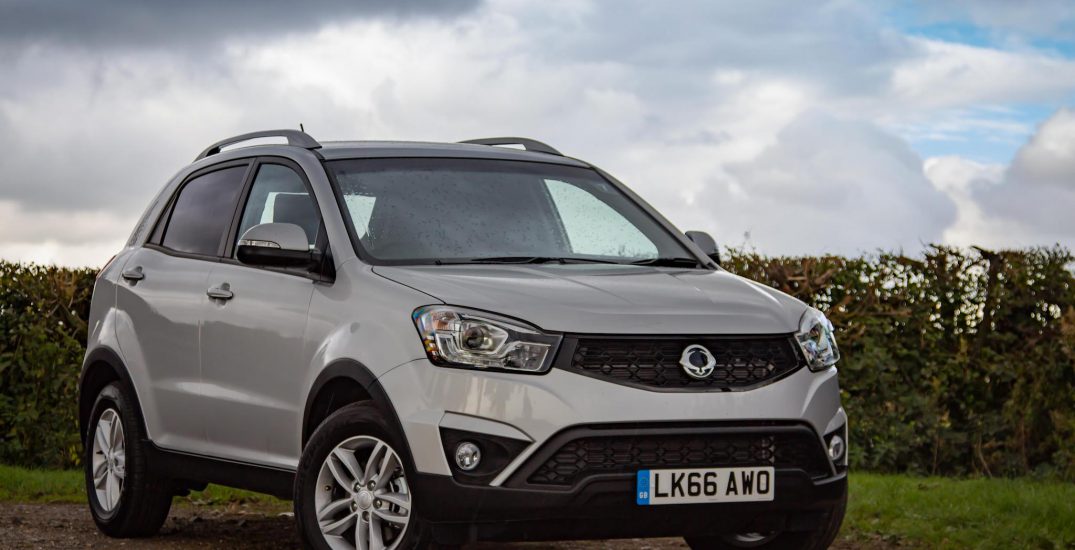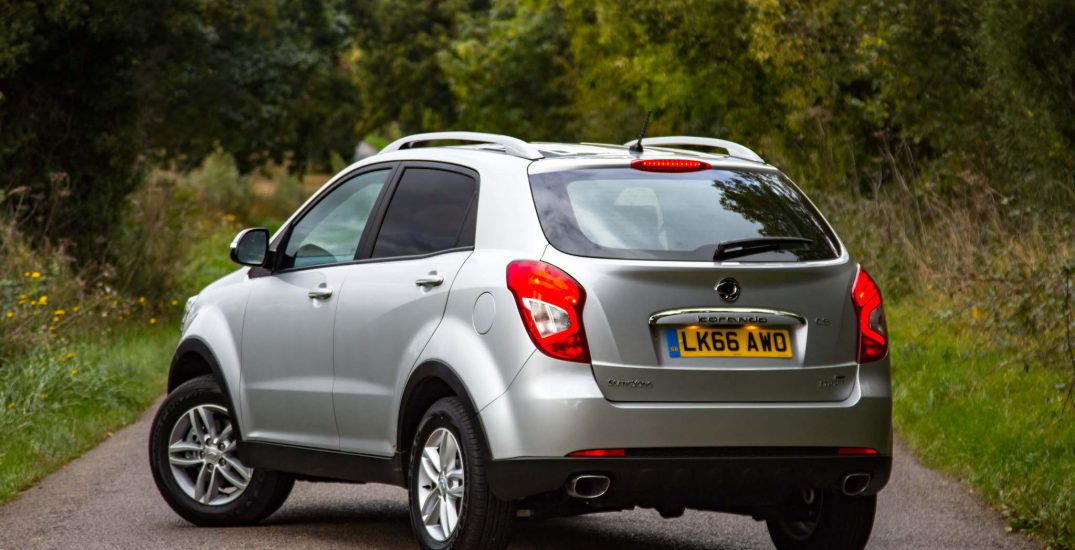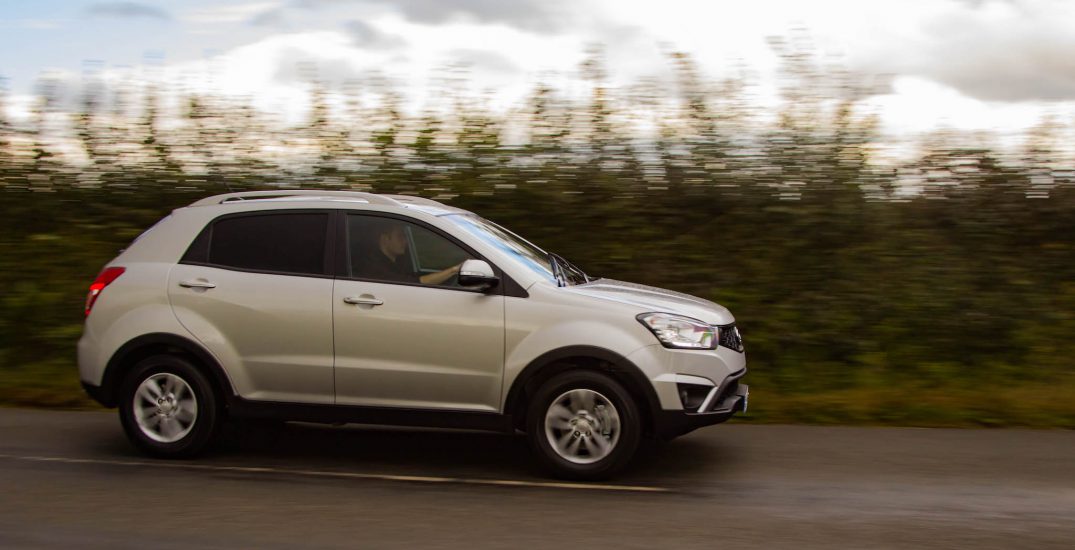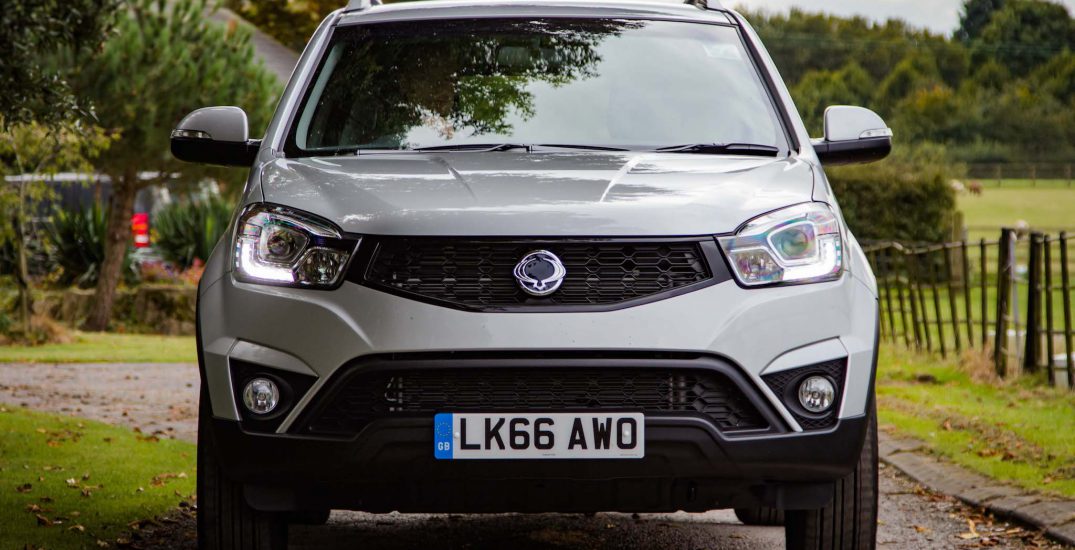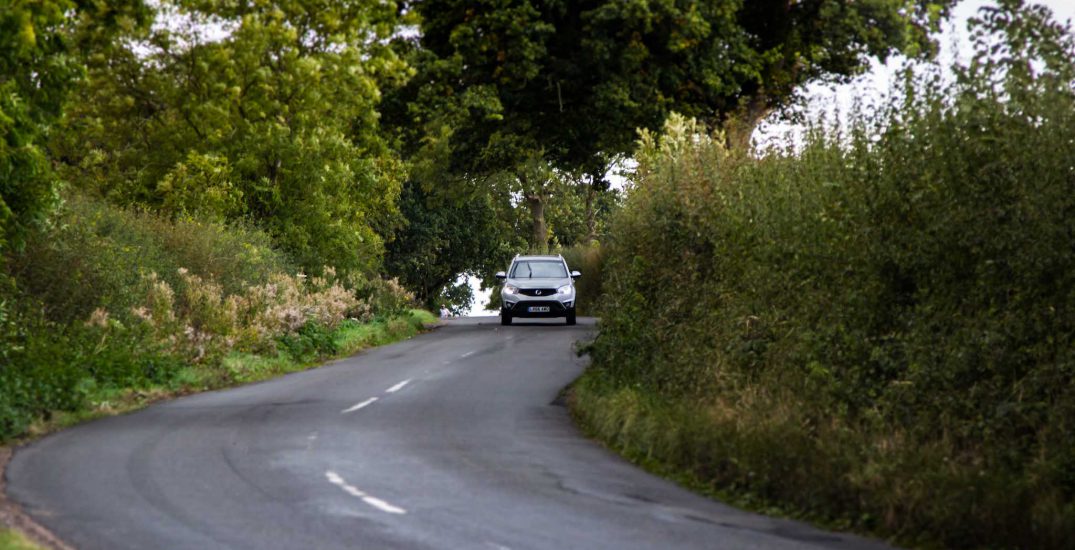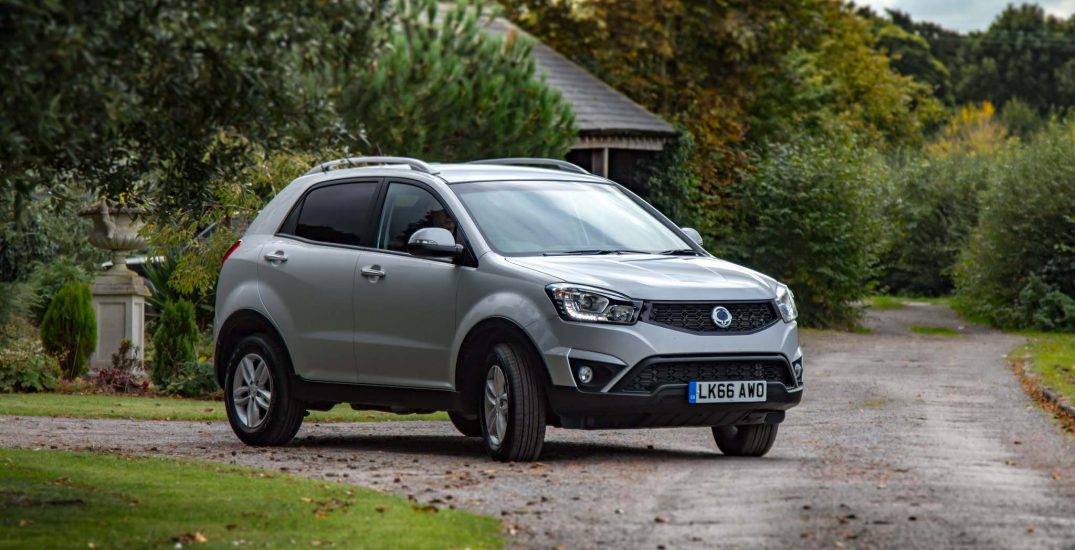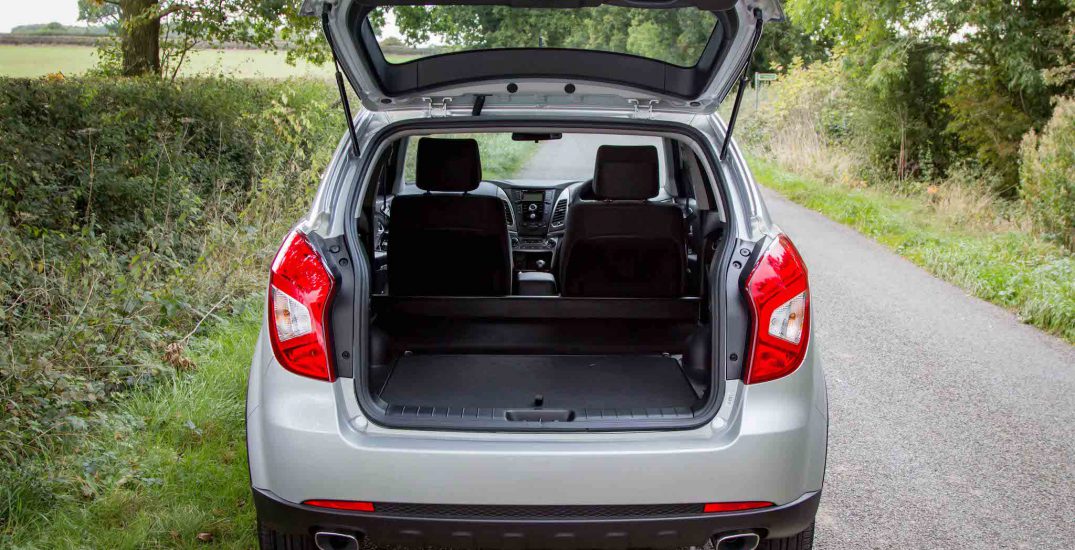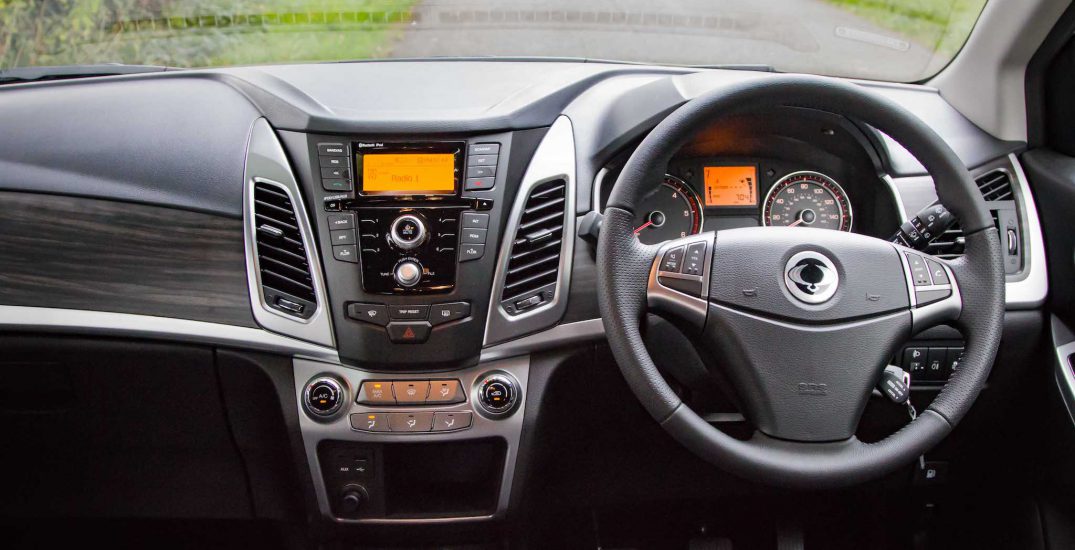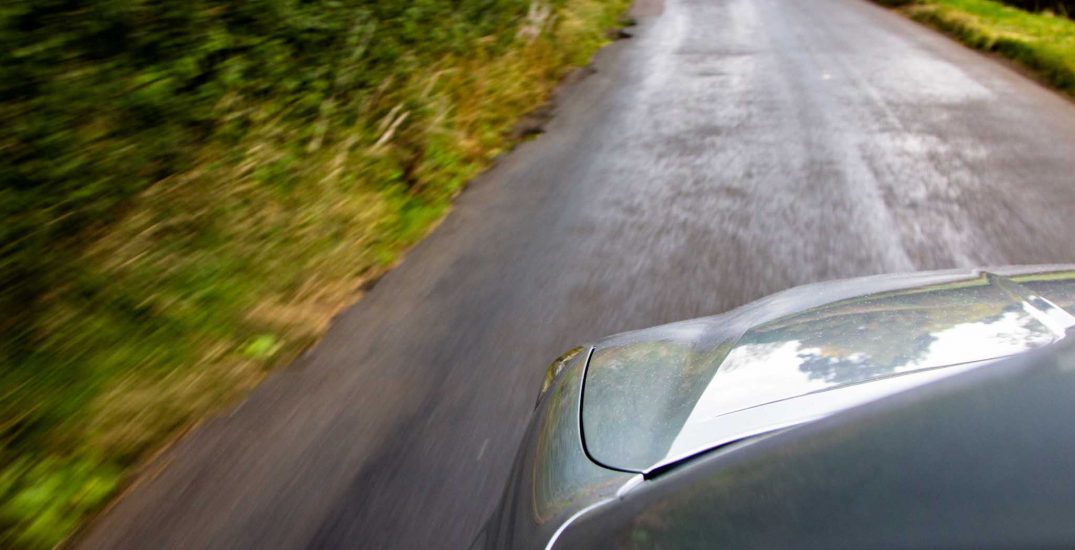Driven: Ssangyong Korando Review
While we were testing out the new Ssangyong Musso, we also got to try out its sibling, the Korando, and here are our thoughts on it.
What is the Ssangyong Korando all About?
Compared to the Musso, the Korando might be a much more familiar name for many people nowadays. It’s one of Ssangyong’s longest lasting model, with 3 iterations over nearly 4 decades. Only recently has Ssangyong decided to split the Korando Sports into the Musso, reviving the Musso name.
An interesting thing to note though is the fact that the new 2016 Korando is the first monocoque chassis production car that Ssangyong has built. This’d be a worthy upgrade I feel, as stiffness and body rigidity will be inherently better than say, a ladder chassis, directly aiding handling.
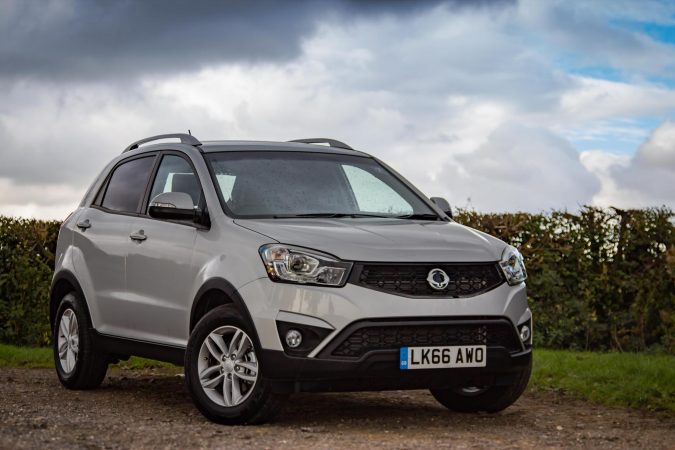
Now, other than that part, the Korando is a good-looking addition to the quite saturated compact crossovers market. Over the years, multiple useful facelifts have helped to refresh the car and bring it up to date, such as daytime running lights.
It looks modern and stylish, the kind of qualities that people look for in a compact crossover to roam around the city in. It’s stubby and fits in with the rest of the crowd. While there’s nothing wrong with how it looks, and I think it’s OK looking, but so are many other similar cars in the segment.
This means that the Korando sadly doesn’t stand out enough. While for some it’s a good thing, it does not leave a lasting impression in me. In my opinion, if you were to go for one of these, you need a livelier colour than the one we’ve got, which is ‘Silent Silver’.
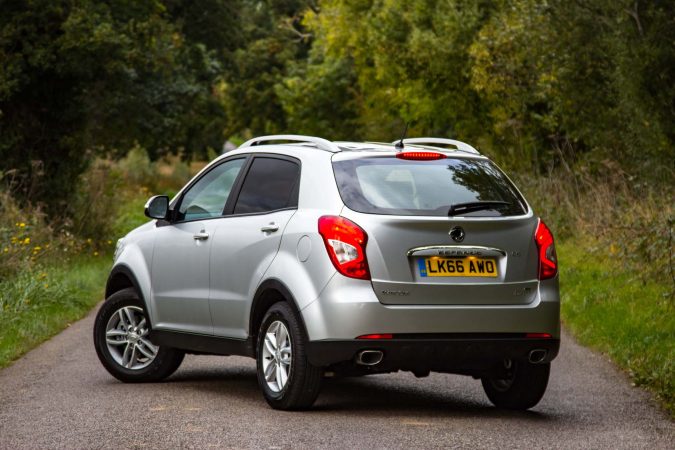
The powertrain unit in the Korando is the same found in the Musso: a 2.2 litre Euro 6 compliant inline-4 turbodiesel, it puts out 176 bhp, quite good for a car of its size, and 400 Nm of torque, plentiful even in the Musso, which is a much larger car than the Korando.
Again, the gearboxes available in the Korando is very similar to the Musso, either a 6-speed manual or a 6-speed automatic, and our test model was the manual variant driving the front wheels with selectable 4×4. Although powered by similar powertrains, the Korando is much lighter than the Musso at 1.7 tonnes, this means a 0-62 mph sprint of around 10 seconds onto a top speed of 115 mph.
Thanks to the lighter body, it achieves 48.7 mpg combined, and puts out 152 g/km of CO2, not bad, but not fantastic either in this segment.
How Does it Drive?
Immediately on the open road, I can tell that the Korando has its strengths in the engine. A strong diesel engine pushing this little car means that it can surge pass most cars relatively well, 400 Nm of torque on tap is always a good feeling, while it doesn’t last long. Again, turbo lag is sometimes noticeable, as with the Musso, but not majorly annoying.
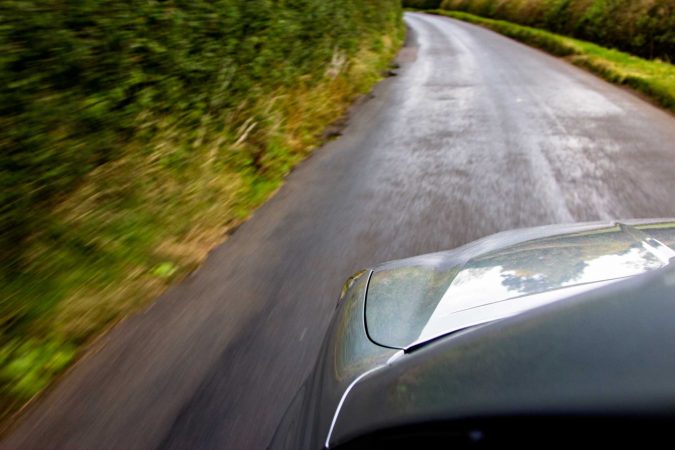
That is to be expected, however, as I was also satisfied with the Musso’s performance on the main road, what’s important now is on the B-roads.
The electric steering could be reworked to tighten up where needed. The car feels quite disconnected to the roads while driving, and it does not instill confidence into the driver. However, given the model is more of a commercial vehicle with plenty of room in the rear with the seats removed, it is understandable.
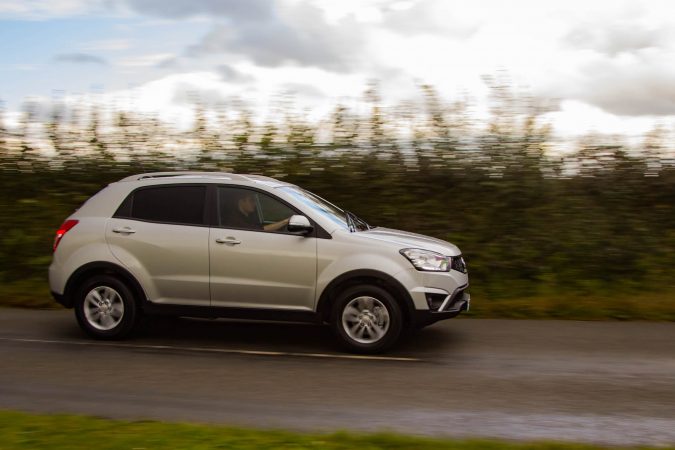
What’s it Like Inside?
The interior of the Korando however, is much more conventional compared to the Musso, there’s no fancy asymmetrical designs here, it’s just straight up utilitarian. Practical with all the buttons at the right places.
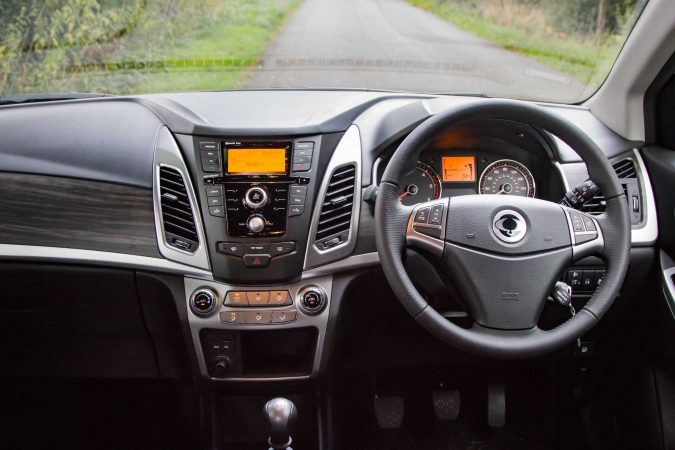
Leather seats are not available in our Korando. It’s not a bad thing nonetheless, as leather can be troublesome to maintain and heats up a lot when exposed under the sun.
A lot of plastic is still used in the Korando, although this is to be expected given the car’s price. Most buyers in this segment probably won’t mind.
There’s no touchscreen in our Korando either, which isn’t much of an issue to be honest. The buttons are much more accessible to the passengers and simple to figure out.
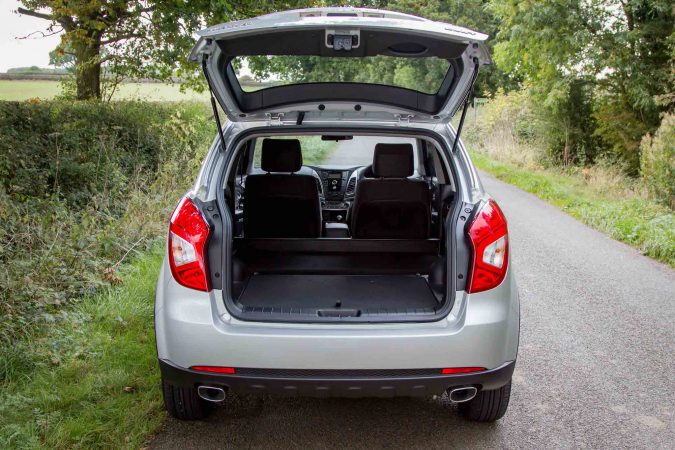
The model on test has the rear seat permanently removed giving you similar boot capacity to the Musso at 1,312 litres, which is very good. It is very apparent that the Korando is made with mainly practicality in mind too, given that there are plenty of storage spaces in the cabin as well.
The Experience
Driving the Korando feels really quite average. There wasn’t anything that particularly stood out to me, other than the storage cabin and the punchy engine. It’s not a car to be driven fast and harshly.
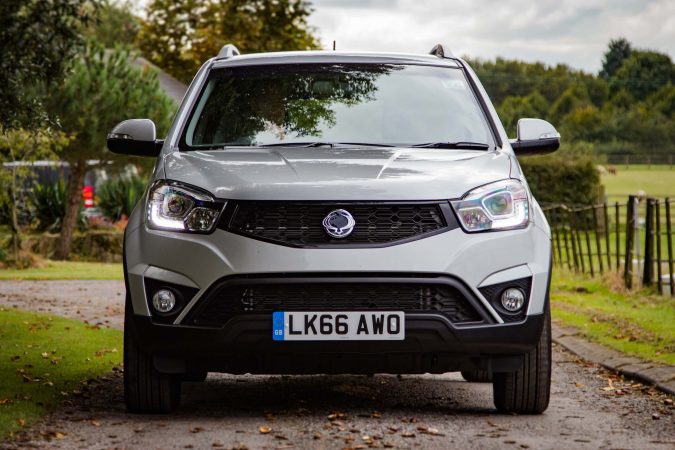
If you take it slow, this little car is a relaxing one to drive, the ride quality is acceptable, and interior noise is tolerable.
Verdict
At this point, the Korando is ticking all the right boxes. There’s nothing wrong with it, and it has the distinct advantage of low price 4-wheel drive. For some people, having all four wheels spinning under power is important, and if one of those people is looking for a cheap crossover, go for it.
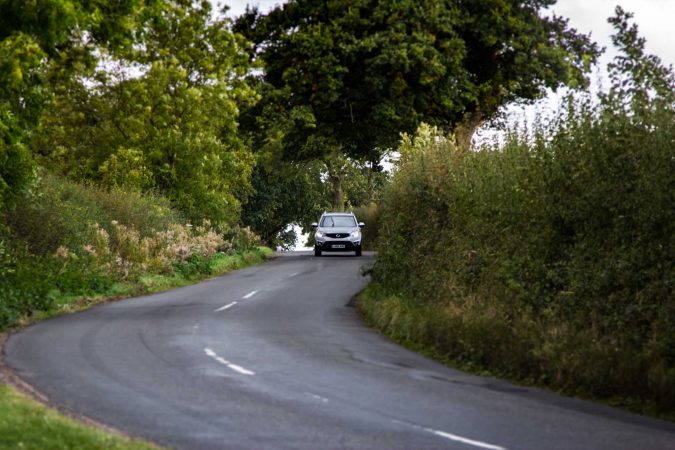
Video Highlights
Specification
- Price: £13,995
- Engine: 2.2-litre inline-4 turbodiesel
- Power: 178 PS
- Torque: 400 Nm
- Transmission: 6-speed manual
- 0-62mph: 9.9 Seconds
- Top speed: 115 mph
- Weight: 1,750 kg
- Economy combined: 48.7 mpg
- CO2: 152 g/km

